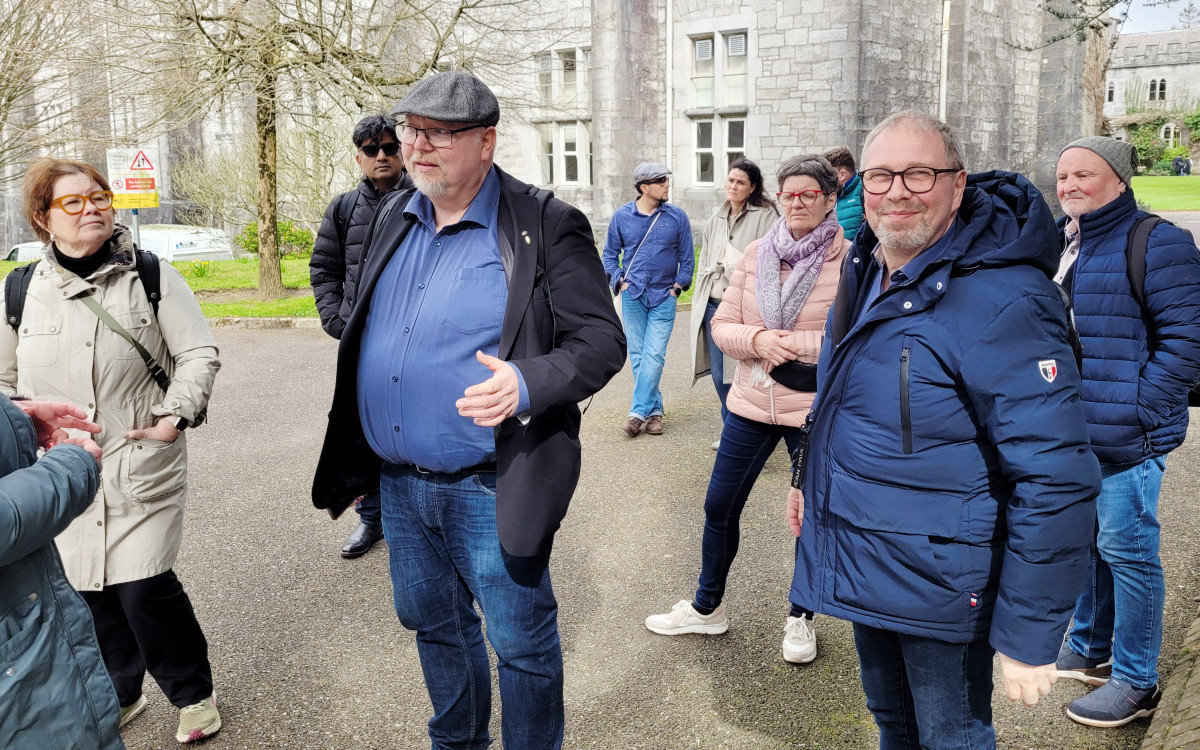From Pilots to Practice: How Northern Communities are Pioneering Energy Transitions

The Interreg Northern Periphery and Arctic Programme (NPA) recently marked its 25th anniversary, providing the Nordland Research Institute and its partners with a platform to transform pilot energy projects into real-world practice.
Since the NPA’s inception, the Nordland Research Institute, with researcher Bjarne Lindeløv, has played a continuous role. Early projects such as Radwat (1999–2001) piloted technological hubs adapted to northern conditions, and subsequent mid-term evaluations informed program trajectories. More recently, the institute’s work has involved a rigorous assessment of the feasibility of solar and wind energy in the Arctic, as well as a detailed analysis of regulatory and market structures for northern renewable energy sources. These cumulative efforts have established a foundation for more ambitious, applied initiatives.
Setting the Stage
Elighthouse, initiated in 2016 and concluded in 2019, was co-financed by the Interreg NPA programme to foster collaboration between five northern European communities. The project led to increased energy efficiency and a greater adoption of renewable energy across the Northern Periphery and Arctic regions.
Elighthouse prioritised systemic interventions relevant to practitioners, including retrofitting public infrastructure, piloting advanced energy solutions for buildings, evaluating waste-to-energy integration, and embedding efficiency measures within facility and waste management. A focal point was public engagement concerning domestic retrofits and the vital role of individual action.

Pilots in Action
Pilot projects were implemented across partner regions with context-sensitive interventions. In Finland, newly developed guidance protocols improved practices in construction process areas, including ventilation, airtightness, and moisture regulation. In Sweden, Umeå’s municipal kitchens integrated monitoring solutions to enable real-time feedback on consumption patterns, demonstrating the potential impact of incremental behavioural adaptation on overall savings.
In a Swedish pilot study at Hedlunda Preschool, Gireesh Nair, a researcher from Umeå University, demonstrated that even high-standard buildings require ongoing attention. Although designed as a passive house, the building failed to meet heating targets due to excessive ventilation. Monitoring identified the issue, highlighting the need to fine-tune smart solutions, such as demand-controlled ventilation.
In Bodø, Norway, the implementation of a centralised online energy management system enabled real-time interventions, system optimisation, and identification of retrofitting opportunities for households. Seventeen households worked with Enova SF to adopt energy efficiency measures. Enova aims to help Norway meet climate commitments and advance practical climate and energy transition solutions. Lindeløv and Vangelsten at NRI observed that while liquid-to-water heat pumps reduced grid use by over 40 per cent in some instances, the overall average reduction was just 7.7 per cent, which is below Enova’s target of 23 per cent. Researchers noted that many households used the savings to enhance comfort rather than reduce consumption, highlighting the need to connect technology adoption with behavioural change.
Hybes: Scaling Up for Decarbonisation
Elighthouse established municipalities as pioneers and showed how pilots serve as powerful learning arenas. Its successor, the Hybes project (2023–2026) with NRI as lead partner, builds on these lessons. Hybes is now delivering demonstrable improvements by shifting from building-level efficiency to district-wide energy flexibility. Pilots are combining solar, geothermal, and heat pump technologies with large-scale storage; as Lindeløv comments, these efforts are generating knowledge that helps municipal planners apply practical energy solutions. Early Hybes results already show improved energy balancing and smarter integration of renewable sources across wider areas.
A recent Hybes study, led by Umeå University researchers Itai Danielski and Gireesh Nair, illustrates scaling through practical calibration methods. Their archetype-based Urban Building Energy Model (UBEM) aggregated building types to enable rapid, data-efficient analysis. Tests comparing one archetype group with nine archetype groups within a district indicated that both models predicted consumption within 5% of the measurements. This methodological approach allows districts to plan upgrades without exhaustive datasets.
Hybes strategically engages stakeholders from project initiation. Its Living Labs, or Decarbonisation Zones, serve as operational testbeds where municipalities, households, and organisations collaboratively evaluate solutions. User-facing dashboards and feedback mechanisms are employed to support local emissions tracking and behavioural adaptation, operationalising community involvement.
Hybes demonstrates that stakeholder engagement and awareness building are core program elements. A case from Cork, Ireland, "How Everyday Tools Are Helping Communities Cut Carbon Emissions," provides evidence on the efficacy of simple interfaces and direct engagement, including workshops and education initiatives. Particular effort is made to mobilise youth, ensuring generational continuity in behavioural change.
From Pilots to Practice
The progression from Elighthouse to Hybes shows that northern pilots have generated practical, replicable models for systemic energy change. These projects have demonstrated measurable increases in efficiency and renewable use at multiple scales. True transformation depends on collaboration, real-world testing, and local adaptation—key ingredients for effective decarbonisation. As the NPA looks to the future, these projects demonstrate that community-led, research-backed, and policy-supported solutions yield results, ranging from energy savings to increased awareness. From kitchens to city districts, Northern lessons are shaping paths to decarbonisation.

